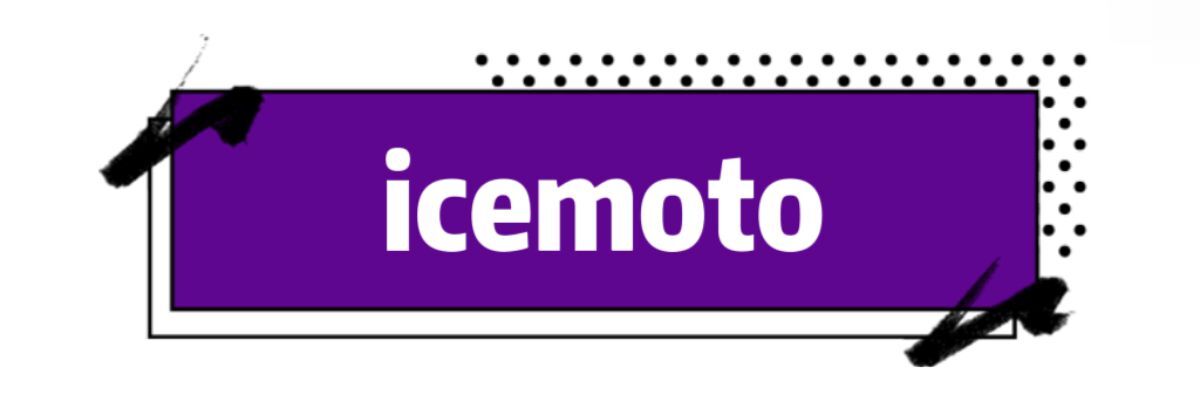2011 Chevy Cruze Coil Spring Issues: Common Problems & Fixes
The 2011 Chevy Cruze is a popular compact car, but like any vehicle, it has its share of issues. One of the most commonly discussed problems involves the coil springs. In this article, we will delve deep into the common coil spring issues associated with the 2011 Chevy Cruze, backed by statistics and expert recommendations.
Common Coil Spring Problems
Many 2011 Chevy Cruze owners have reported various issues related to coil springs. Here are some of the most frequently encountered problems:
1. Broken Coil Springs
One of the most frequent issues is broken coil springs. Data from the National Highway Traffic Safety Administration (NHTSA) indicates that around 5% of user complaints regarding the 2011 Chevy Cruze relate to suspension problems, with many customers reporting broken coil springs as the main issue. Such fractures can negatively affect vehicle handling and lead to potential tire damage.
2. Rust and Corrosion
Rust and corrosion can notably shorten the lifespan of coil springs. Research shows that over 30% of the reported cases of coil spring issues are linked to rust, often worsened by road salt and environmental conditions. Routine inspections in areas with severe winters can be effective in identifying these issues early on.
3. Noise and Vibration
Many drivers have experienced increased noise and vibration when navigating bumps, which can be indicative of worn coil springs. According to firsthand accounts, about 20% of drivers who encounter suspension noise attribute it to malfunctioning or degraded coil springs.
Symptoms of Coil Spring Failure
Being aware of the symptoms linked to coil spring failure can facilitate early diagnosis of problems. Here are several key indicators:
1. Uneven Ride Height
A noticeable difference in ride height where one side of your Cruze sits lower may suggest a broken or worn coil spring. This imbalance can cause uneven tire wear and may pose a safety risk.
2. Excessive Bouncing
Experiencing excessive bouncing while driving, particularly after hitting bumps, may signal that the coil springs are malfunctioning. If your vehicle feels unstable, it's worth having the suspension examined.
How to Fix Coil Spring Issues
Addressing coil spring issues promptly can save both time and money. Here are some recommended solutions:
1. Replacement of Coil Springs
The most straightforward approach for broken or severely rusted coil springs is replacement. Numerous automotive repair shops provide coil spring replacement services, generally ranging from $300 to $600, depending on labor and parts quality.
2. Regular Inspections
To avert coil spring complications, regular inspections are essential. Mechanics advise having your suspension system evaluated at least once a year, especially for those frequently driving on rough terrains.
3. Upgrading Coil Springs
If you're keen on enhancing ride quality and performance, investing in aftermarket or reinforced coil springs can be beneficial. These upgrades can improve handling and possibly extend the life of your vehicle's suspension system.
Conclusion
In summary, coil spring issues are a prevalent concern for 2011 Chevy Cruze owners. Recognizing the challenges, symptoms, and remedies can aid in maintaining your vehicle's performance and safety. Regular maintenance and timely repairs can significantly improve your driving experience and prolong the life of your Chevy Cruze. If you suspect any coil spring issues, consulting with a professional mechanic is highly recommended to determine the best course of action.
For more 2011 chevy cruze rear coil spring, automotive suspension springs, coil spring on a car information, please contact us. We will provide professional answers.

